Haying Side by Side in Schliersee
Living far from my home country and being a bit of a nomad, makes invitations to be included in seasonal projects and events so much more special.
Last Saturday, I was invited to join a local farming family from the lakeside farm of Anderlbauer. Hartl Markhauser and his two lovely daughters, Sophie and Sefa, along with son Harti and the family patriarch, Sepp. Together we all piled into vehicles and raced the sporadic raindrops up the mountain.
The days mission was to bring in the precious golden hay of summer before possible turbulent weather. If you live in a farming community you can often tell the weather just by the activity level of the local farmers. During hay season you will see the mad dash begin to bring in the hay that is cut and drying in the fields before rain. Storing damp hay can ruin that years yield and therefore shorten the amount of feed hay the animals have for winter in the barn.
Upon arrival the first thing that needed to be done, was to make room in the hay loft buy removing a massive round hay bales. It was Sepp’s job to organize each bucket load of hay from the Frontloader. It seemed to me to be a nice job up there, out of the heat of the days sun. Plus I adore a hay loft.
After a few helpful tips from Sophie and Harti, I do believe my hay raking skills greatly improved. If you are like me and adore the bucolic imagery of farm life and have ever stared longingly at a group of farm hands working in unison to complete a task, then you like me would have been overjoyed to tear down that third wall and be included in the composition. I couldn’t help but think that the hikers watching us work, would never guess there was a wayward American in the mix. Speaking of being in the mix, there is no better language course then to working and sweating side by side listening to the lilting tons of the local Bavarian dialect. An experience you cannot put a price on.
This years hot dry summer has been difficult for our farmers and their cattle. High heat and lack of sufficient rain have led to there being a lack of grass on the mountains. This was most evident by the many salivating bovine faces that came increasingly closer to us while we worked. I am sure the smell of the drying hay was as intoxicating to them as it was for me.
Of course, as is the Bavarian tradition, at the end of these few hours of hard graft, the days repose was taken in the breezy shade, with a magnificent mountain view and a table laden with delights.
Thank you again Markhauser family for making this frustrated farmers dream come true.
For more information on the beautiful Anderlbauer
Familie Markhauser
Fischhauser Straße 5
83727 Schliersee/Oberbayern
Telefon: 0 80 26 / 9 46 64
Telefax: 0 80 26 / 9 46 65
E-Mail: anderlbauer@gmx.de
http://anderlbauer.schliersee.de/unser_hof/unser_hof.php
American artist, photographer and professional wanderer who, after 20 years of roaming, put down roots in a 100 year old Bavarian farmhouse and fell in love with the Alpine village and its residents (both 2-legged and 4-legged).





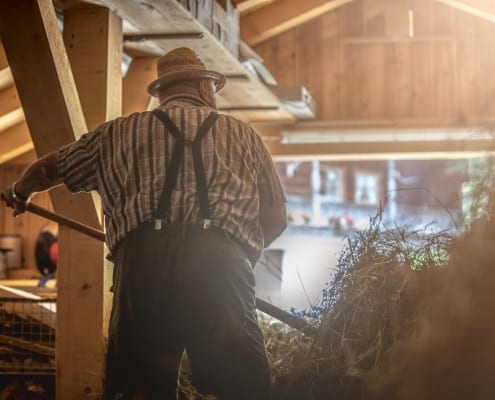





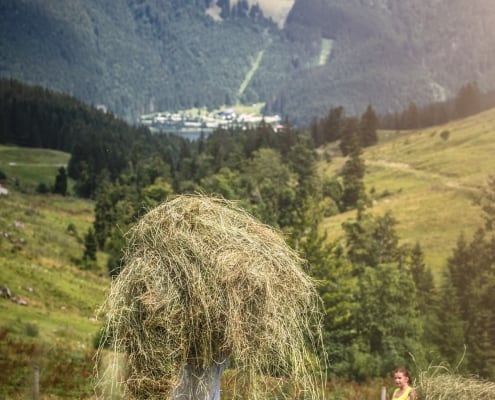

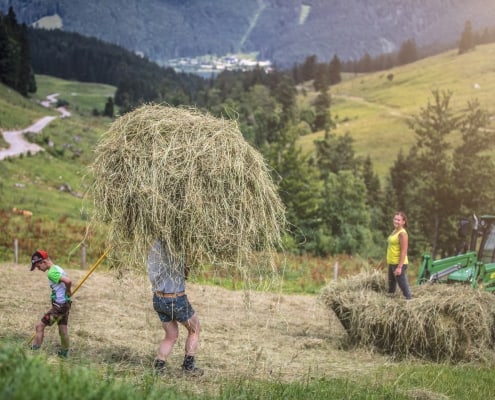
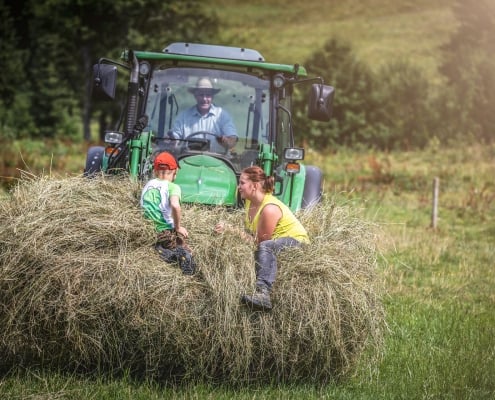

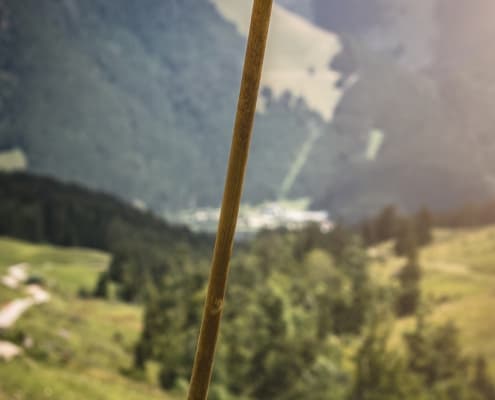









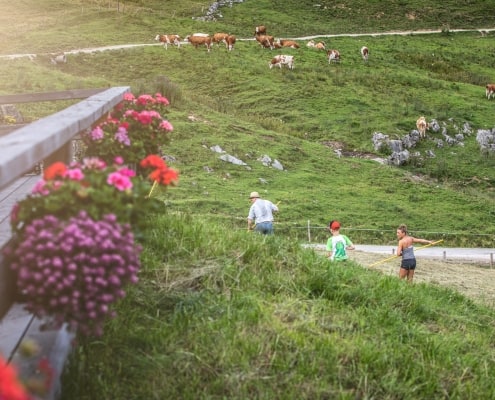











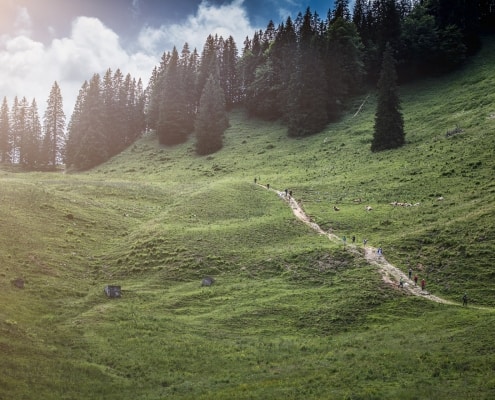
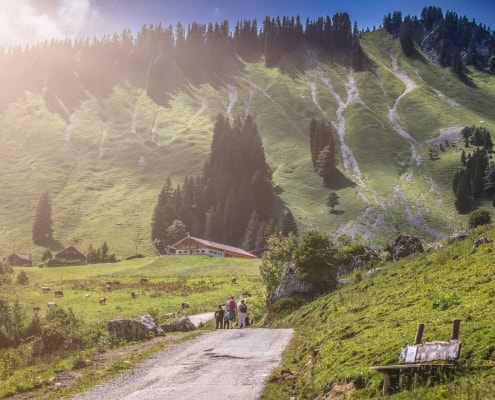




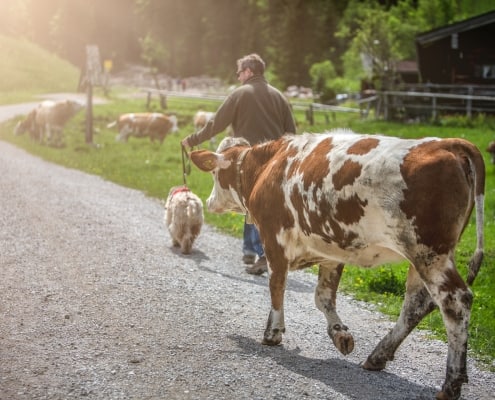


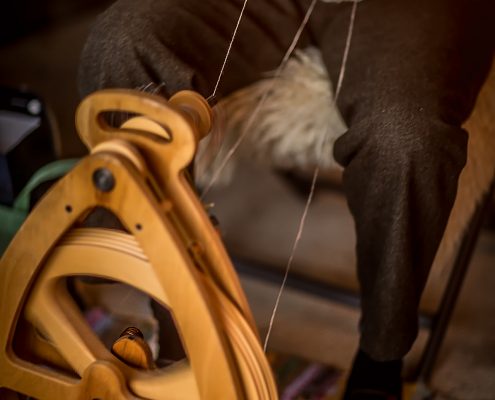

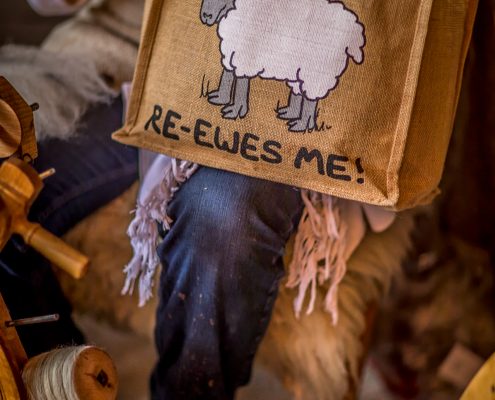





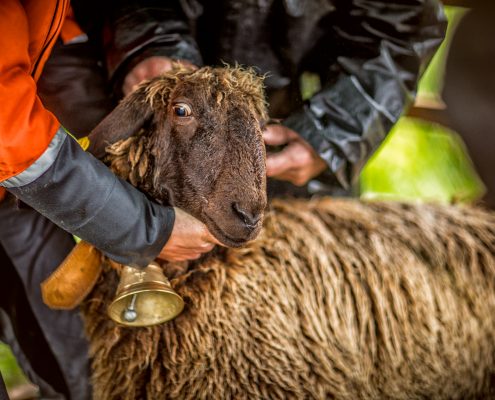




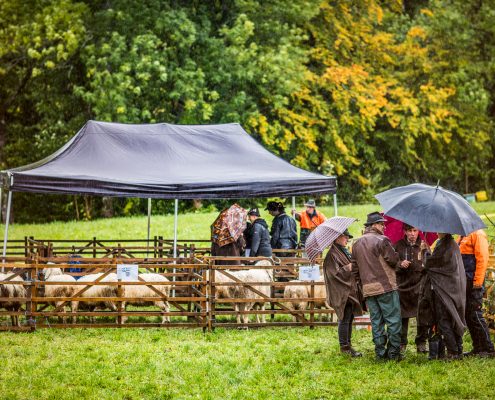


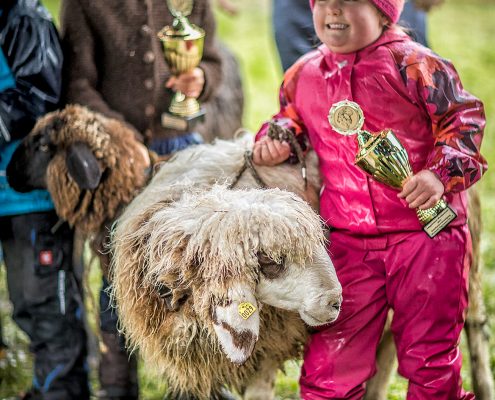














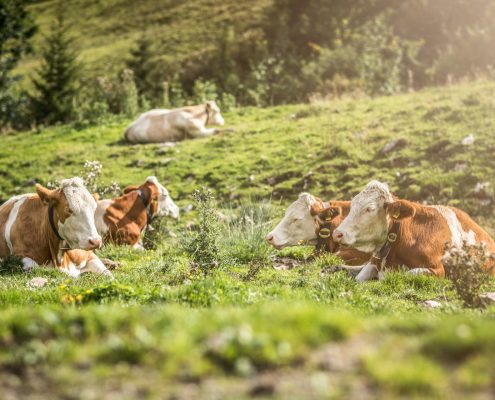









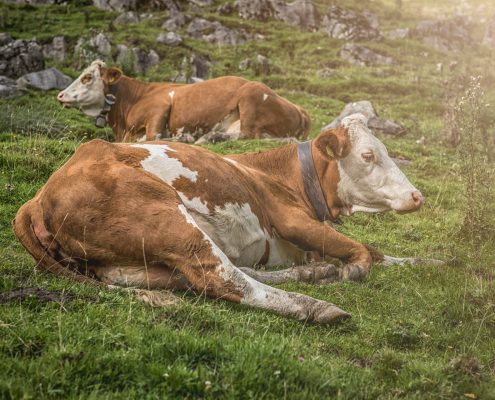
















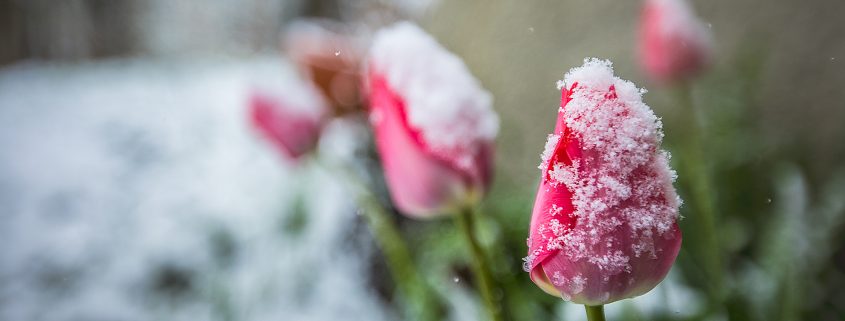




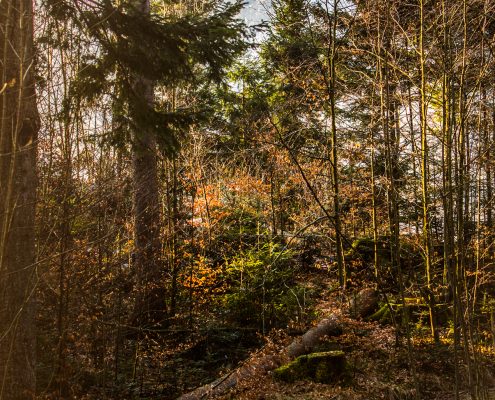

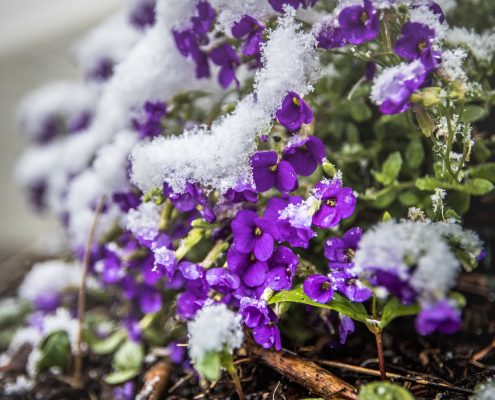







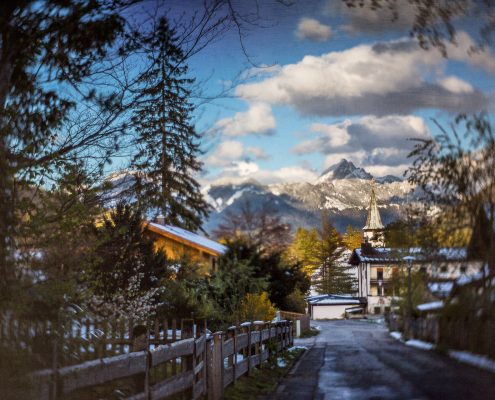




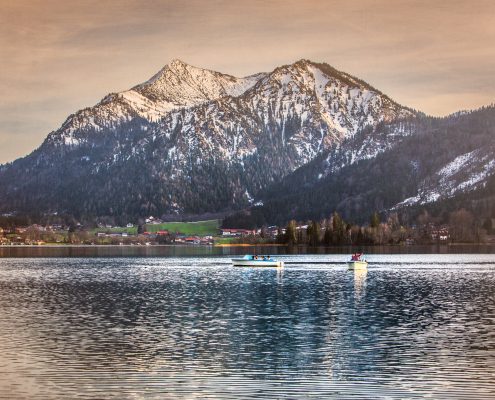
Du muss angemeldet sein, um einen Kommentar zu veröffentlichen.